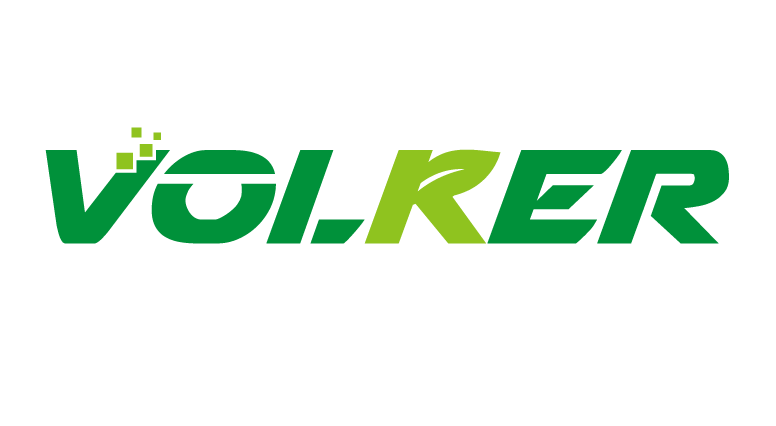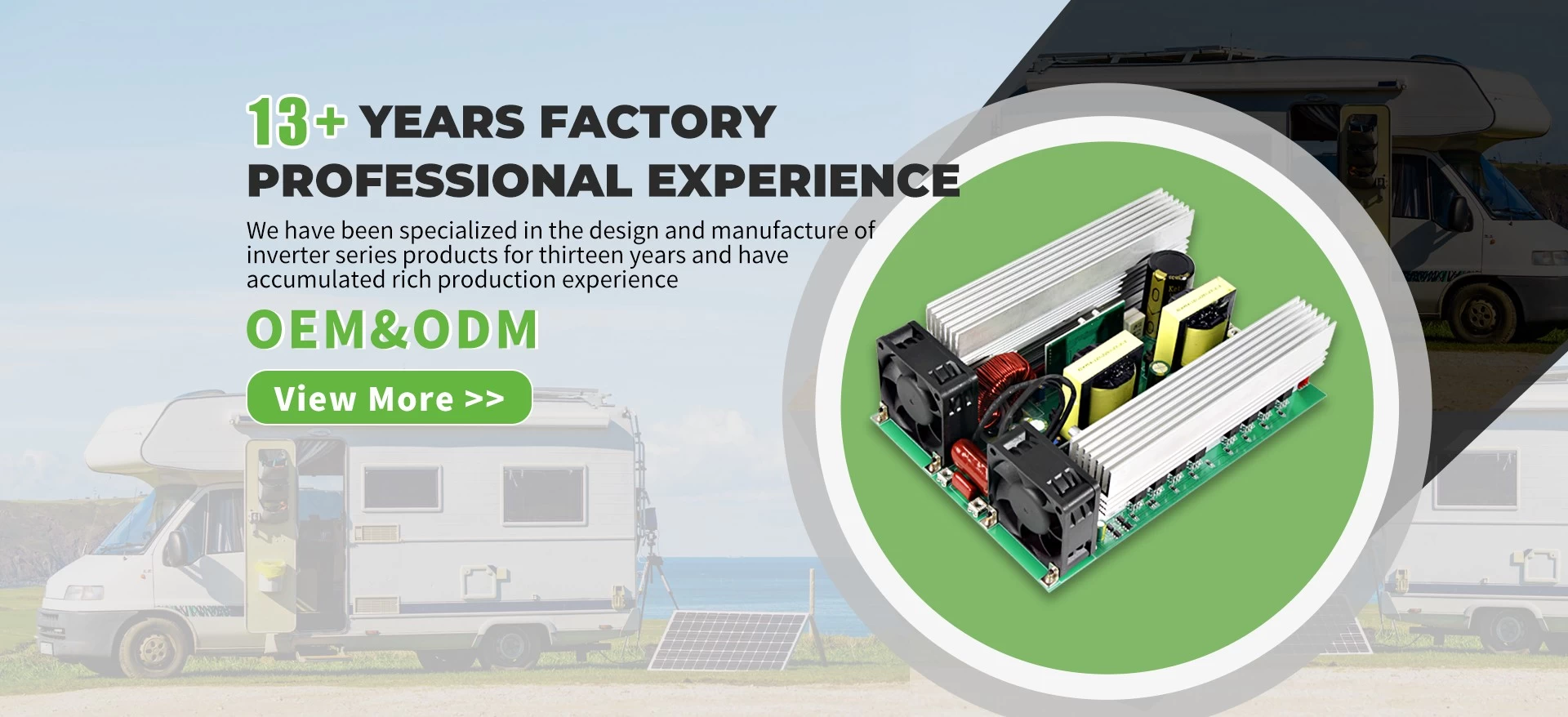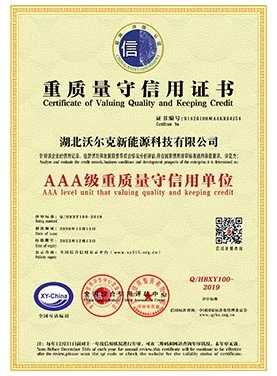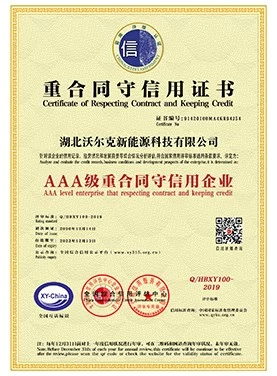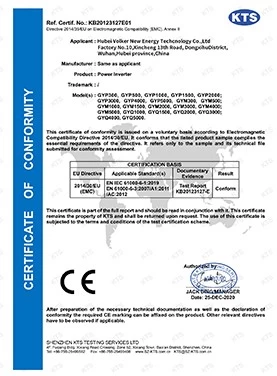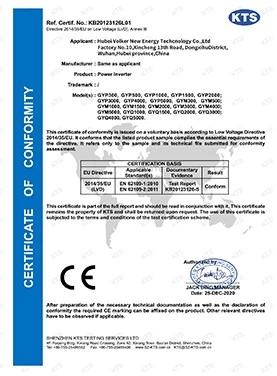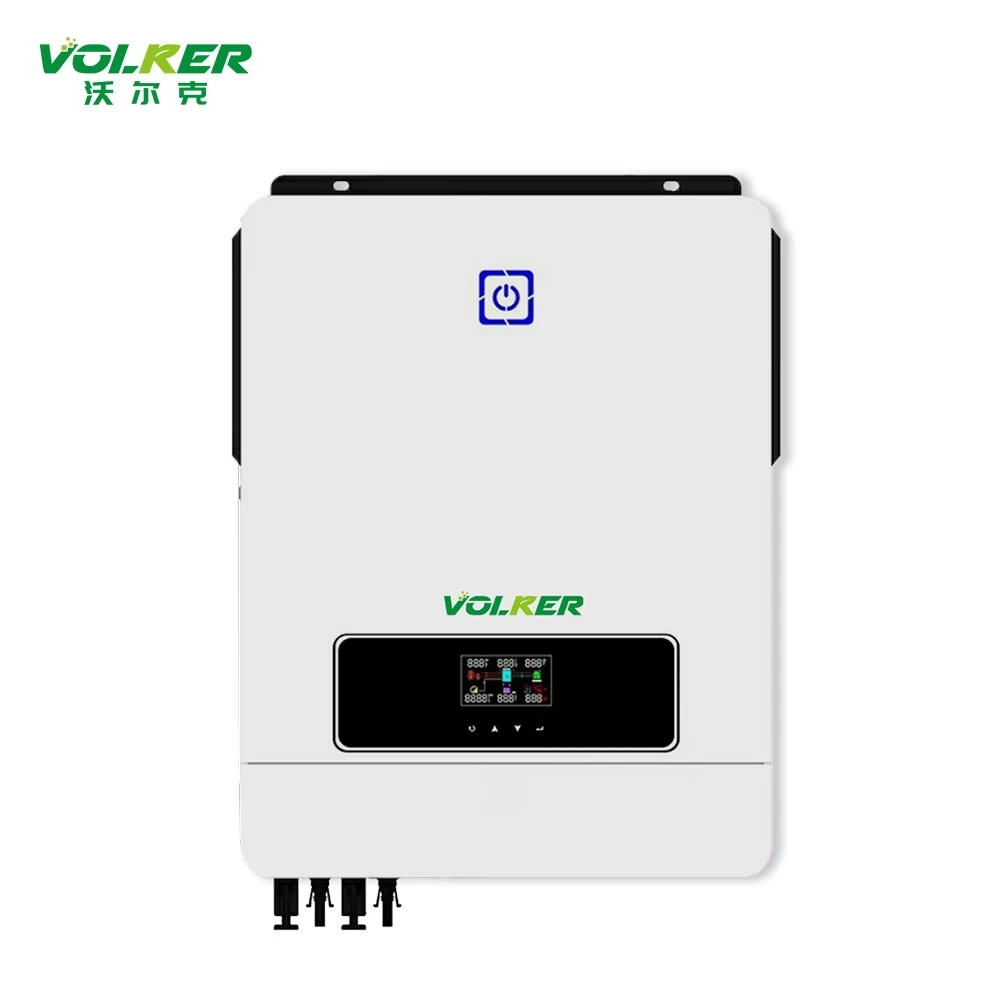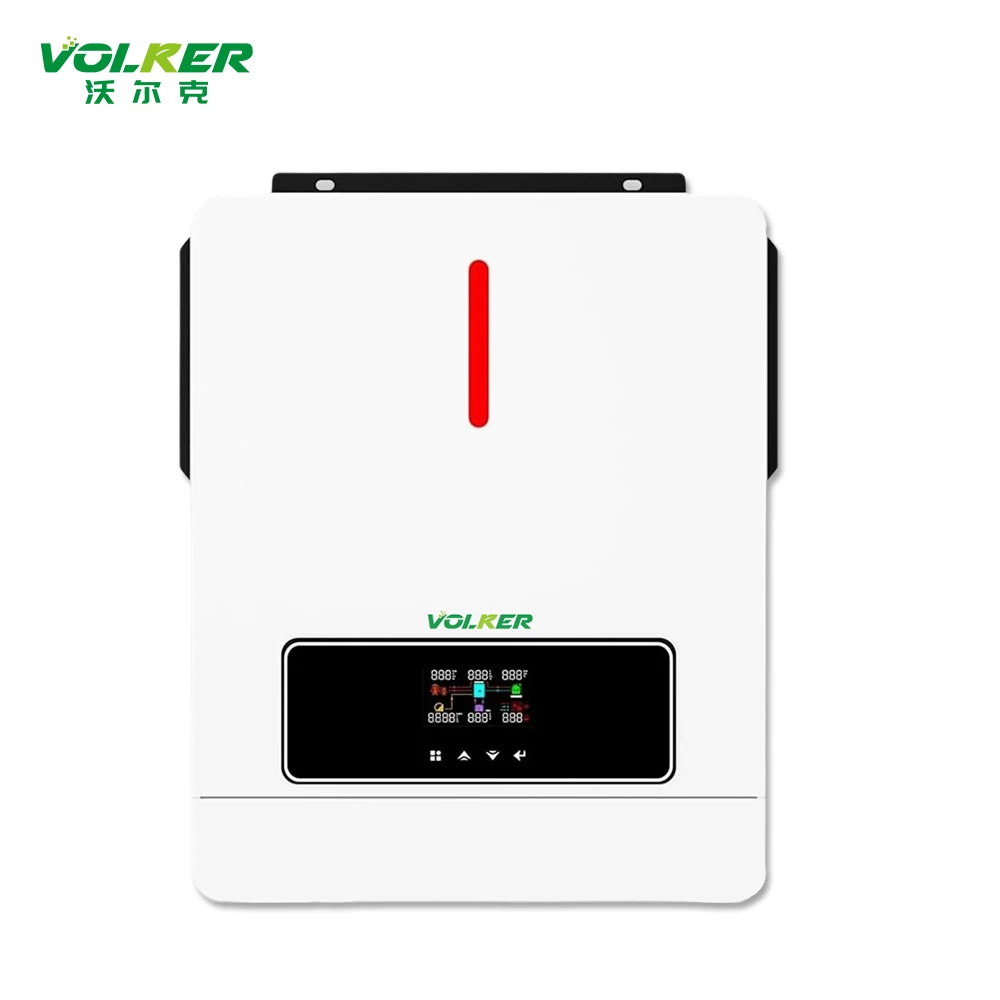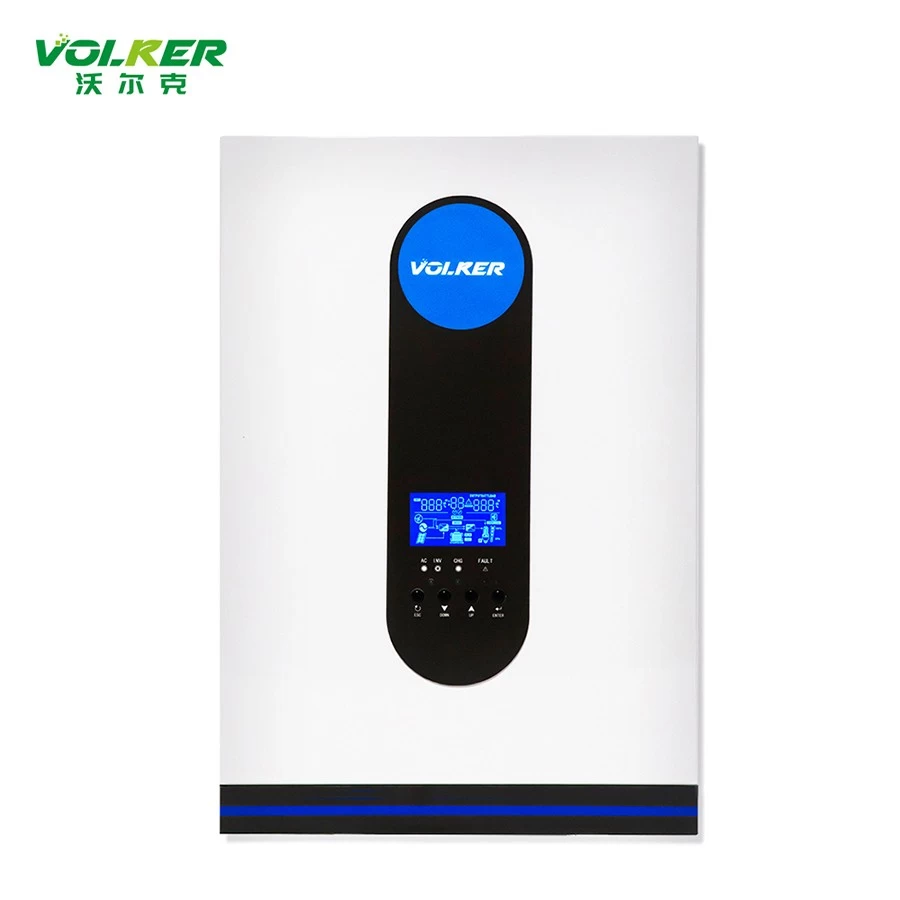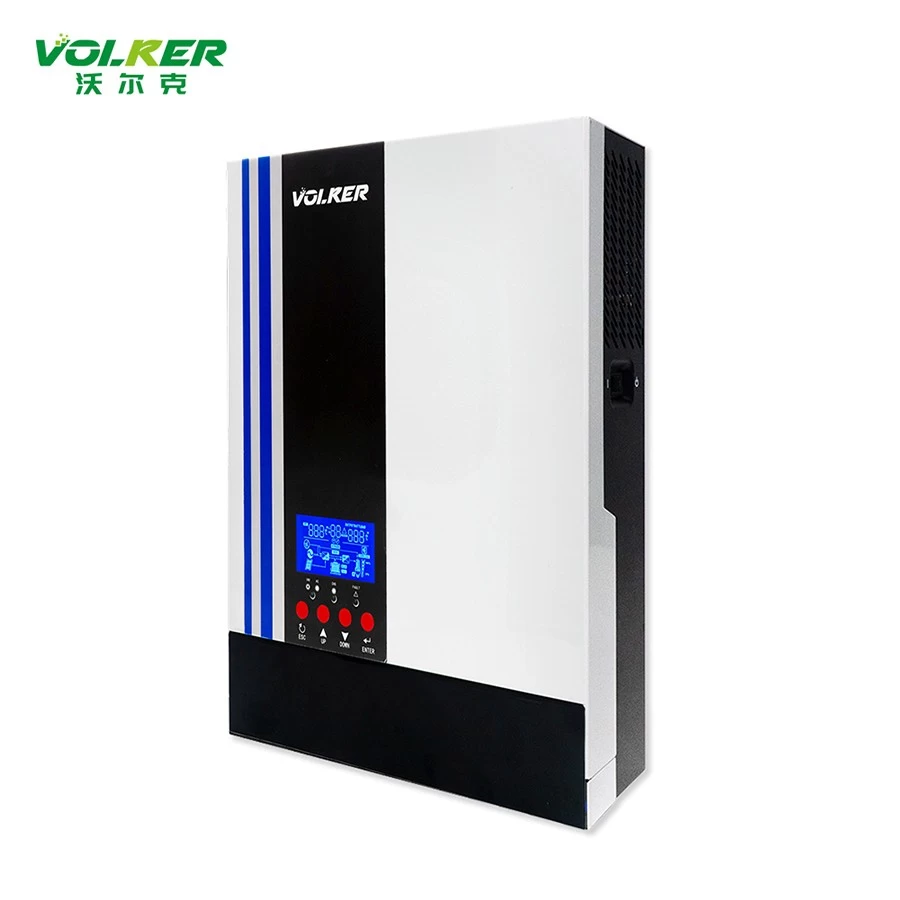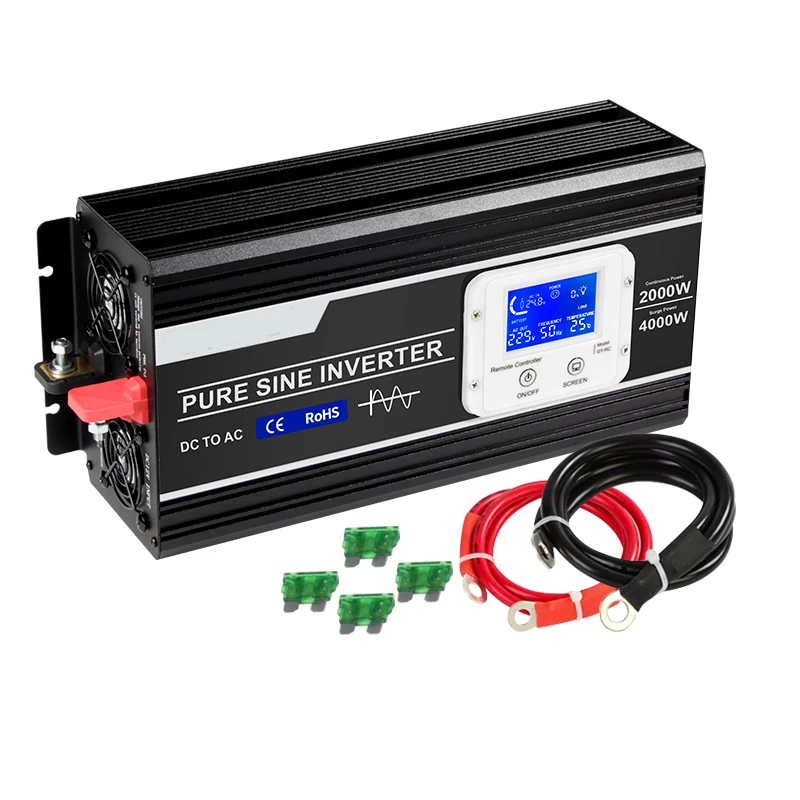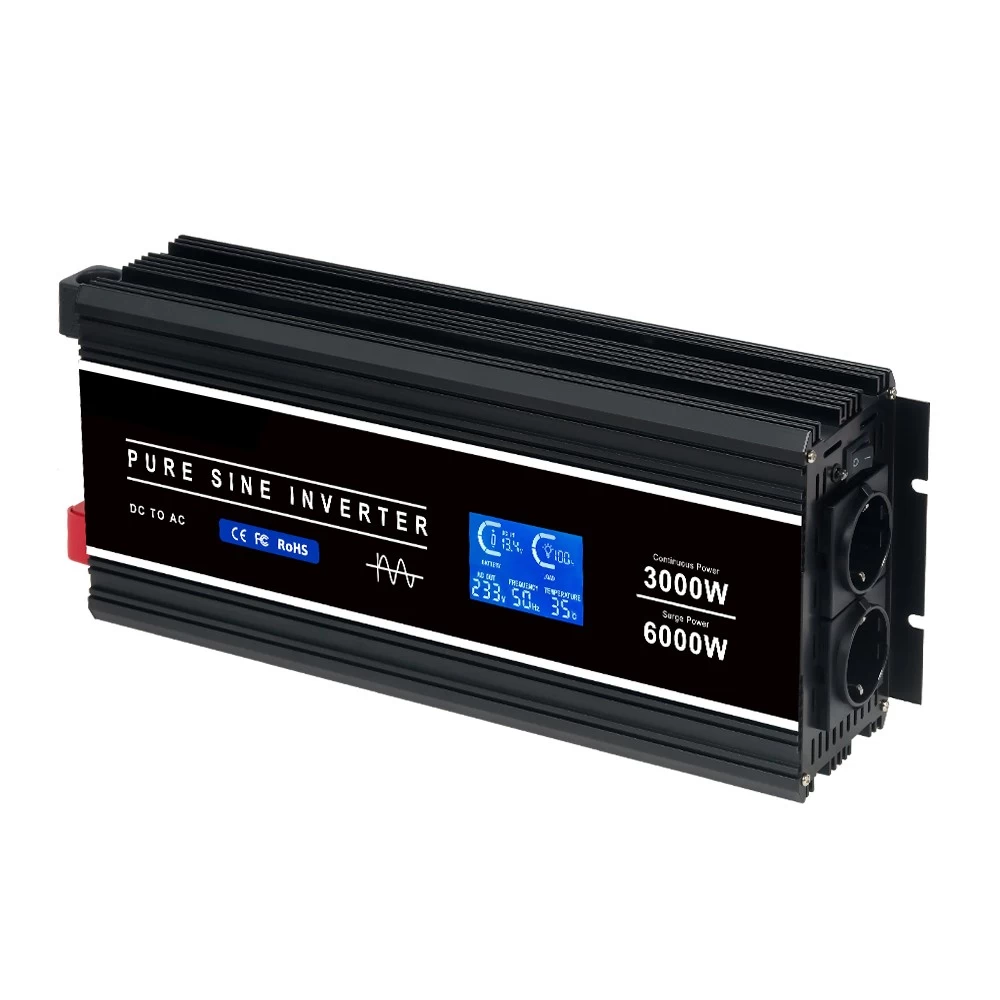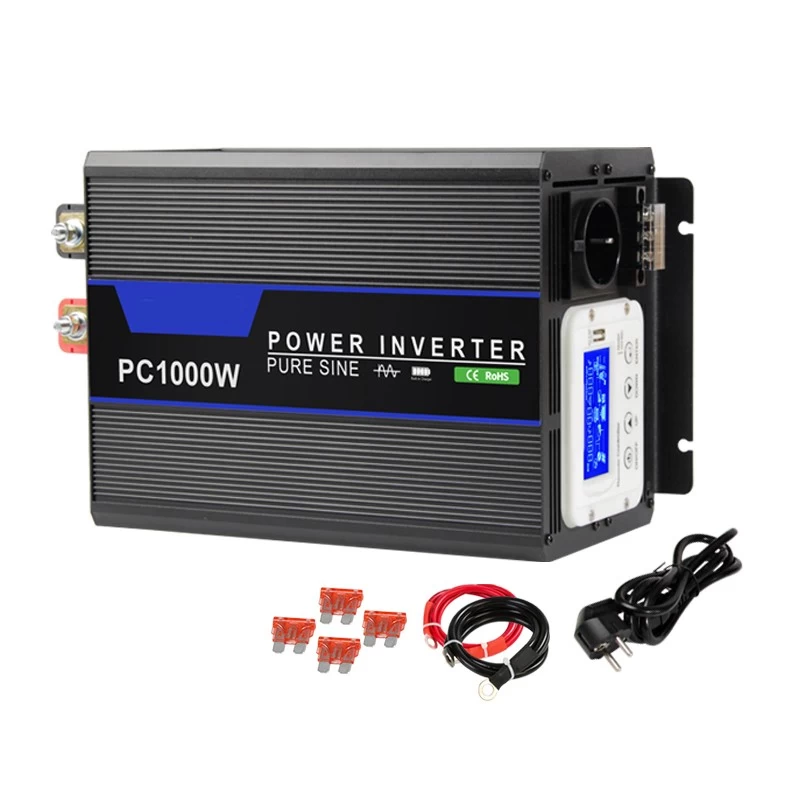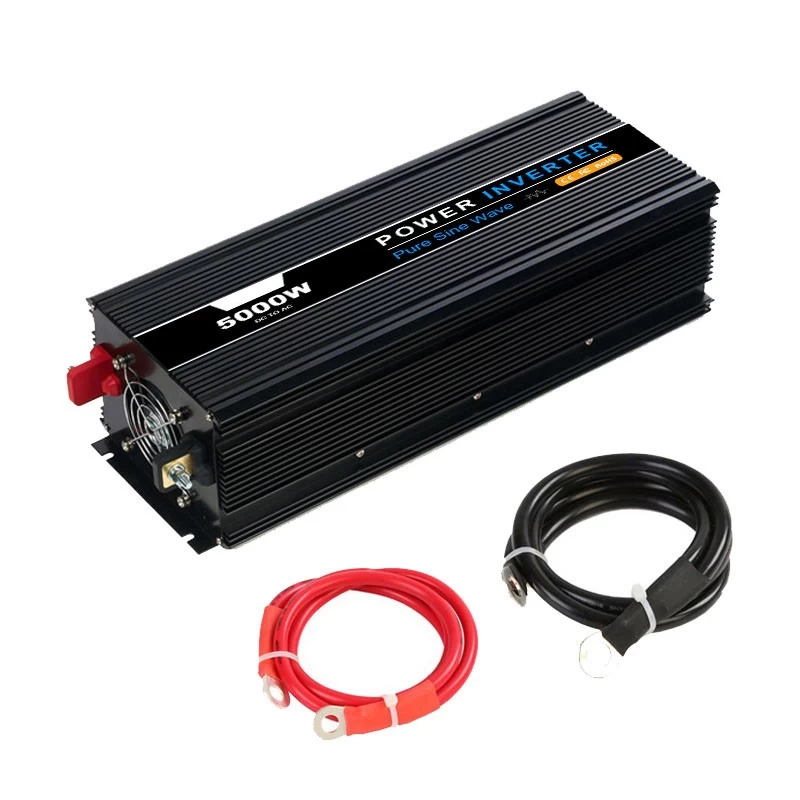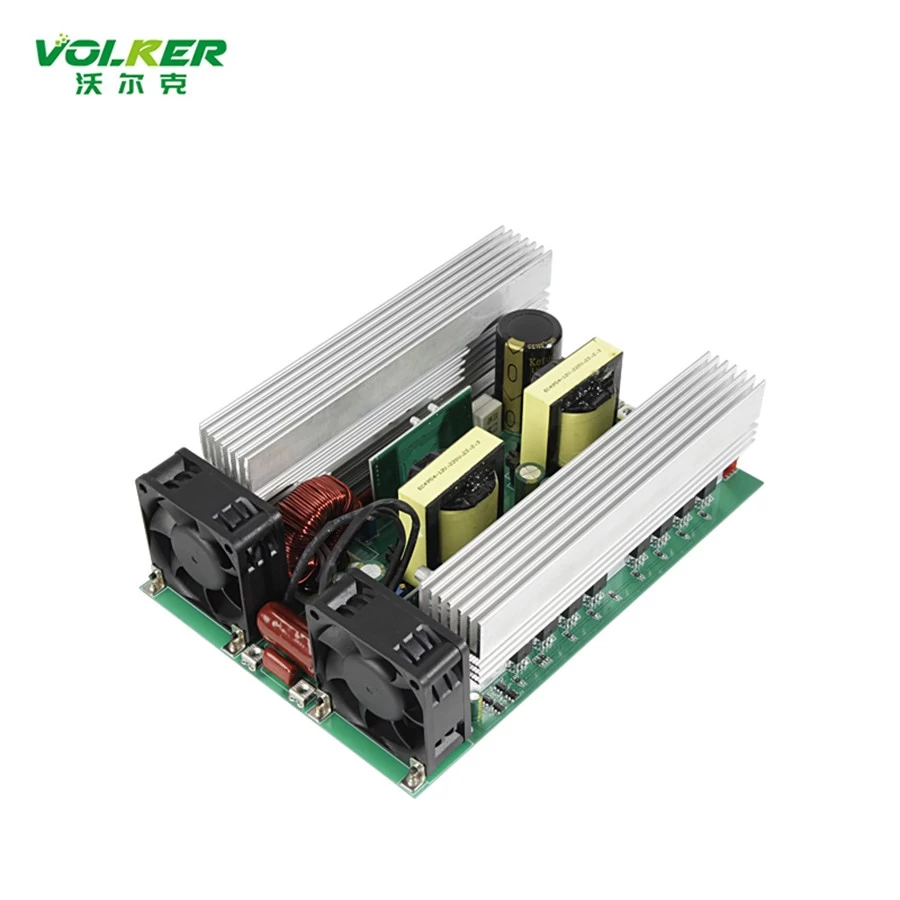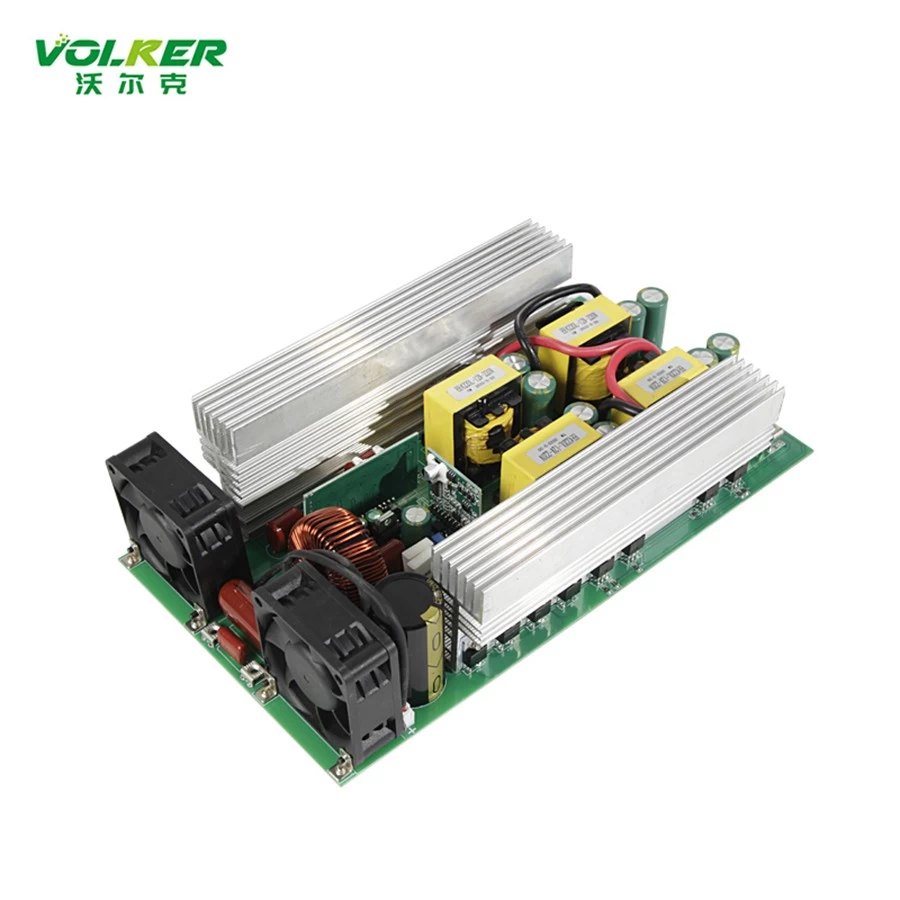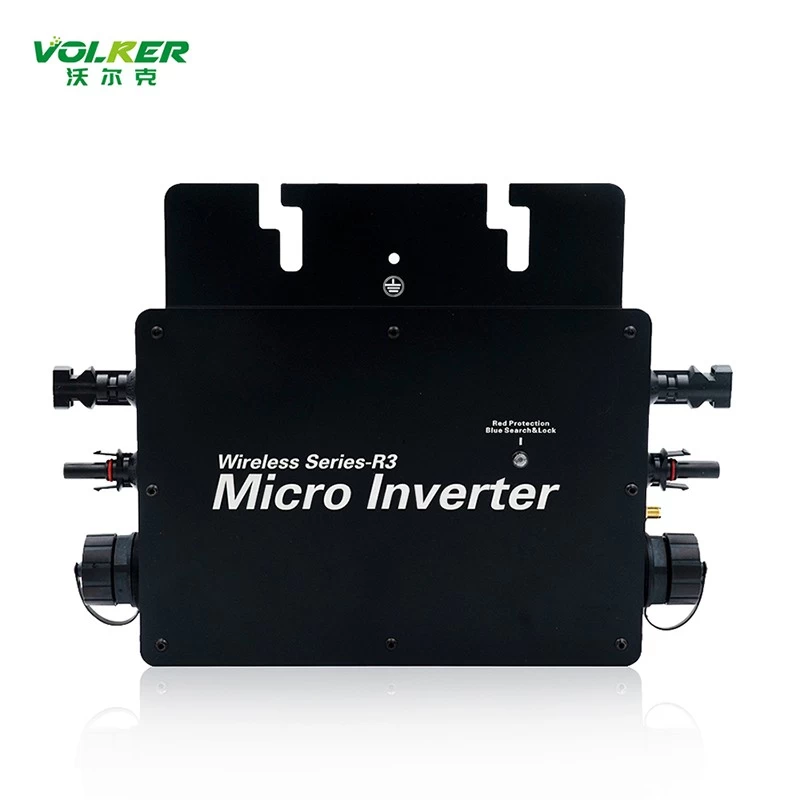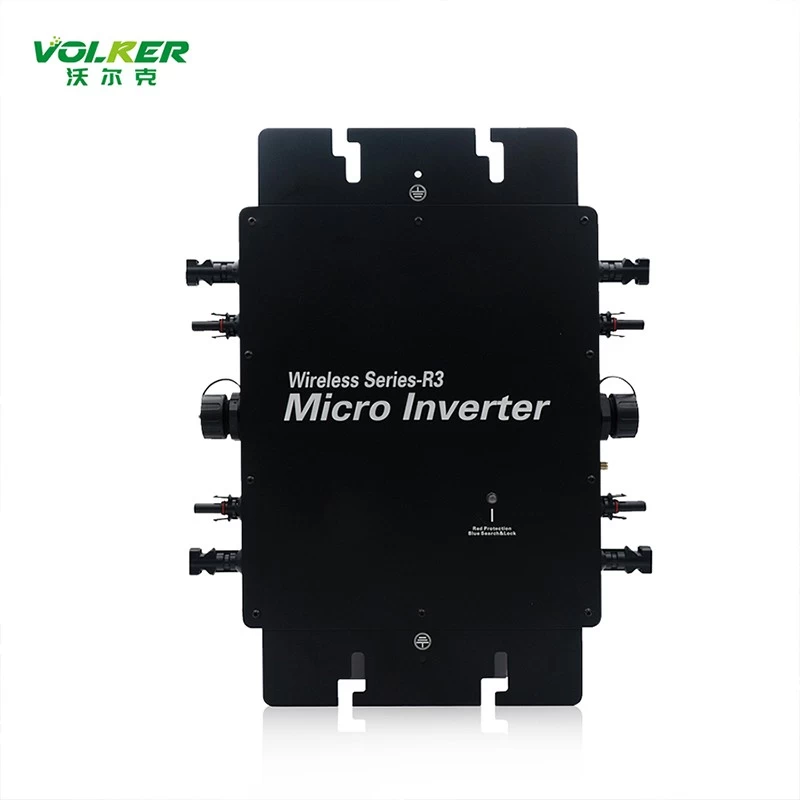What is the difference between a hybrid inverter and an off grid inverter?
Hybrid inverters and off-grid inverters are both types of power conversion devices used in solar energy systems, but they serve different purposes and have distinct features. Here's a breakdown of the differences between the two:
Hybrid Inverter:
A hybrid inverter, also known as a multi-mode inverter, is designed to work in conjunction with both solar panels and battery storage systems. Its primary function is to manage the flow of electricity between these two sources and the grid. Here are the key features of a hybrid inverter:
1. Grid Connection: Hybrid inverters are designed to be connected to the grid. This means that they can export excess energy generated by your solar panels back to the grid and can also draw energy from the grid when your solar production is low.
2. Battery Integration:One of the main features of hybrid inverters is their ability to integrate with battery storage systems. They can charge the batteries using excess solar energy and discharge them when solar production is insufficient.
3. Modes of Operation:Hybrid inverters typically have multiple operating modes, such as grid-tie mode (exporting excess energy to the grid), off-grid mode (using stored battery energy when the grid is unavailable), and hybrid mode (a combination of grid-tie and battery backup).
4. Backup Power: Hybrid inverters can provide backup power during grid outages by utilizing the energy stored in the connected batteries. This is a significant advantage, as it allows you to maintain power supply even when the grid is down.
Here, we recommend our MAX series products to you:
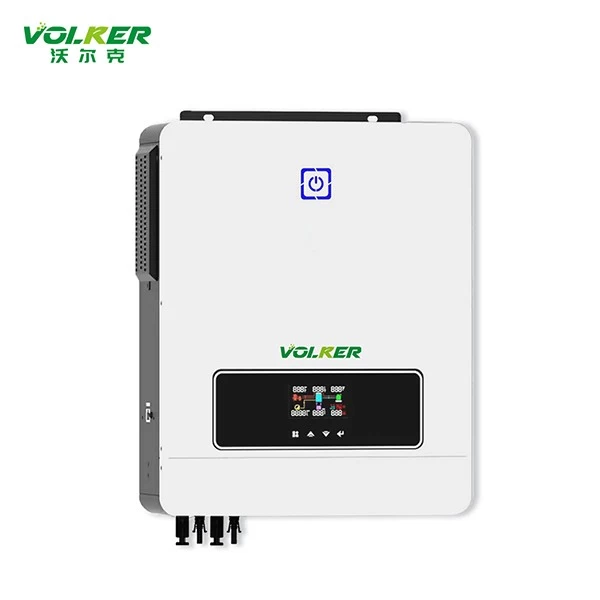
Features:
10kW MAX Series Hybrid Inverter intelligently combines the functions of a 10kW pure sine wave inverter, 160A MPPT solar charge controller with two independent inputs and an extremely powerful 140A smart battery charger in one single portable unit. This model can accept input from solar panels, mains power/ generator and a battery - either from a single or combination of input sources. In addition to its unique hybrid capability, this innovative inverter features advanced communication functions, along with a menu full of highly customizable settings.
- Pure sine wave solar inverter(on/off-grid)
- Output power factor 1.0
- WiFi & GPRS available for IOS and Android
- Inverter can run without battery
- One-key restoration to factory settings
- Built-in Lithium battery automatic activation
- Built-in 160A dual MPPT solar charge(for 8.2kw, 10.2kw)
- Dual communication ports for battery and WiFi
- High PV input voltage range(90-500VDC)
- Built-in anti-dust kit for harsh environment
- Smart battery charge design to optimize battery life
- Dual AC output
- Dual PV input
- Dual MPPT
- On/off-grid work mode
Off-Grid Inverter:
An off-grid inverter, as the name suggests, is designed for use in systems that are completely disconnected from the grid. These systems are often found in remote areas or places where grid access is not available. Here are the key features of an off-grid inverter:
1. Isolation from Grid:Off-grid inverters are not connected to the utility grid. They are used in standalone systems where solar panels, batteries, and other energy sources are the only sources of power.
2. Battery Integration: Like hybrid inverters, off-grid inverters can also work with battery storage systems. They charge the batteries using solar energy and provide power to the loads directly from the batteries.
3. No Grid Export:Off-grid inverters do not export excess energy to the grid, as they are not connected to it. All energy generated by the solar panels is either used to power loads immediately or stored in batteries for later use.
4. Backup Power: Off-grid systems inherently provide backup power, as they are not reliant on the grid. The batteries store excess energy for use during nighttime or periods of low solar production.
Here, we recommend our SI Series products to you:
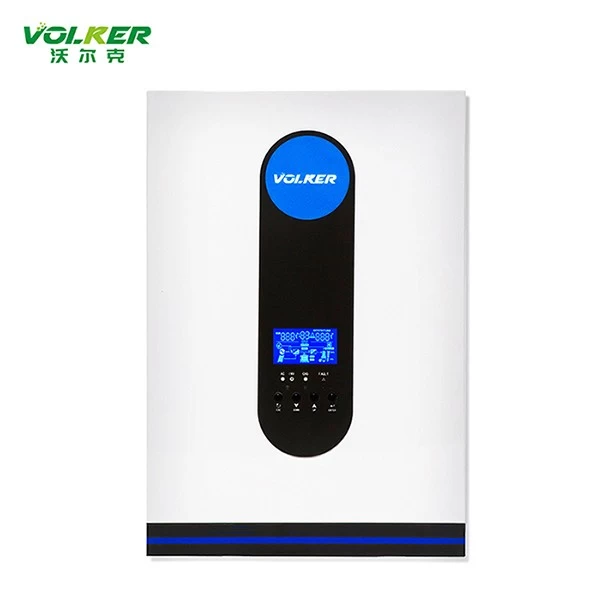
SI series Off Grid Solar Inverter is the perfect solution for anyone looking to produce and store their own solar energy. This affordable, easy-to-install device enables you to convert sunlight into usable electricity that can be used to light up your home or business.
Features:
1.Pure sine wave solar inverter(off Grid)
2.Output power factor 1.0
3.Wifi & GPRS available for IOS and android
4.Inverter can run without battery
5.One-key restoration to factory settings
6.Built-in 120A MPPT solar charge
7.High PV input voltage range(60-500VDC)
8.Built-in anti-dust fit for harsh environment
9.Smart battery charger design for optimized battery performance
10.Wifi & GPRS available for IOS and android
Hybrid Inverter VS Off Grid Inverter
|
Hybrid Inverter |
Off-Grid Inverter | |
|---|---|---|
|
Functionality |
A hybrid inverter is designed to work in both grid-connected and standalone modes. It can operate with renewable energy sources, such as solar panels and batteries, as well as interact with the utility grid. It offers features like energy storage, backup power, and the ability to export excess energy to the grid. |
An off-grid inverter is specifically designed for standalone systems where there is no connection to the utility grid. It is used in off-grid or remote locations and works with batteries and other energy sources to provide power independently. |
|
Grid Interaction |
Hybrid inverters have the capability to synchronize with the utility grid. They can export excess energy generated from renewable sources to the grid and also draw energy from the grid when needed. |
Off-grid inverters are not designed to interact with the utility grid as they are meant for self-contained systems. They do not have the ability to export energy to the grid or receive energy from it. |
|
Battery Charging |
Hybrid inverters are equipped with battery charging capabilities. They can efficiently charge batteries from different sources, such as solar panels or the grid. They optimize the charging process based on factors like battery capacity and available energy sources. |
Off-grid inverters are primarily designed for battery charging in standalone systems. They prioritize charging from renewable energy sources, such as solar panels or wind turbines, as there is no grid backup available. |
|
Energy Management |
Hybrid inverters have advanced energy management systems that can prioritize and manage different energy sources, including solar power, battery storage, and the grid. They can intelligently switch between these sources based on factors like energy availability, time of day, and demand. |
Off-grid inverters may not have the same level of energy management capabilities as hybrid inverters. They are typically designed to rely on renewable energy sources and batteries for power in off-grid systems, without the need for complex energy management functions. |
In summary, the main differences between a hybrid inverter and an off-grid inverter lie in their functionality, grid interaction capabilities, battery charging features, and energy management systems. Hybrid inverters are designed for systems that can operate both on and off the grid, while off-grid inverters are specifically tailored for standalone systems without any connection to the utility grid.
